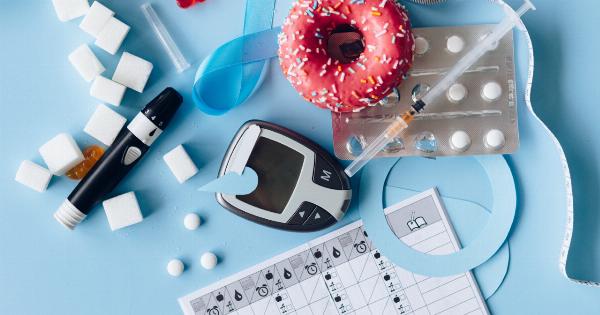Height has been recognized as a potential risk factor for several health conditions, including venous thromboembolism (VTE).
VTE is a term used to describe a blood clot that forms within a vein, typically in the deep veins of the legs (known as deep vein thrombosis or DVT). If not treated promptly and effectively, these blood clots can dislodge and travel to the lungs, causing a potentially life-threatening condition called pulmonary embolism.
Understanding the Relationship
Research has shown a correlation between height and an increased risk of VTE. Taller individuals often have longer limbs and larger blood vessels, which can promote slower blood flow and increase the likelihood of clot formation.
Additionally, tall people tend to have more blood volume, leading to a higher risk of coagulation abnormalities.
Preventing Venous Thromboembolism Based on Height
Height Categories and Risk Assessment
1. Short Stature
Individuals with shorter stature may have a lower risk of VTE due to their relatively smaller blood vessels and reduced blood volume. However, it is crucial not to overlook the potential risk entirely.
Even though the risk may be lower, preventive measures are still necessary.
2. Average Height
Individuals with average height should be aware of the potential risk of VTE and take preventive measures to minimize it. Lifestyle modifications and healthy habits are essential in reducing the risk of VTE among individuals of average height.
3. Tall Stature
Individuals with tall stature should be particularly cautious about the increased risk of VTE due to their longer limbs, larger blood vessels, and higher blood volume. Heighted awareness and proactive preventive measures are crucial in this group.
Prevention Strategies Based on Height
1. Stay Active
Engaging in regular physical activity can help improve blood circulation and reduce the risk of blood clots. Incorporate activities such as walking, jogging, swimming, or cycling into your routine to keep the blood flowing smoothly.
2. Maintain a Healthy Weight
Excess weight puts added stress on the circulatory system, increasing the risk of VTE. Ensure you maintain a healthy weight through a balanced diet and regular exercise to minimize this risk factor.
3. Avoid Prolonged Immobility
Extended periods of immobility, such as sitting or standing for long durations, can impair blood flow and promote clotting.
If your work or daily routine involves prolonged periods of immobility, take regular breaks and perform simple exercises to keep your circulation active.
4. Hydrate Adequately
Proper hydration is vital for maintaining healthy blood viscosity. Ensure you drink an adequate amount of water throughout the day to keep your blood flowing smoothly and reduce the risk of clotting.
5. Wear Compression Stockings
In individuals with a higher risk of VTE, such as those with tall stature, wearing compression stockings can help improve blood flow and reduce the risk of clot formation. These stockings apply gentle pressure to the legs, promoting circulation.
6. Take Breaks During Long Trips
When embarking on long trips, whether by car, train, or plane, it is essential to take regular breaks and stretch your legs. Prolonged sitting can hinder blood circulation and increase the risk of clotting.
7. Quit Smoking
Smoking has numerous adverse effects on cardiovascular health, including an increased risk of blood clot formation. Quitting smoking can significantly reduce the risk of VTE.
8. Consult with a Healthcare Professional
If you have concerns about your height and the associated risk of VTE, it is crucial to consult with a healthcare professional. They can assess your individual risk factors and provide personalized recommendations and interventions to prevent VTE.
Conclusion
While height may play a role in the risk of venous thromboembolism, it is important to remember that preventive measures should be taken regardless of height category.
Lifestyle modifications, such as staying active, maintaining a healthy weight, and avoiding prolonged immobility, can significantly reduce the risk of VTE. It is also essential to seek professional advice when necessary to tailor prevention strategies based on individual factors, including height.




























